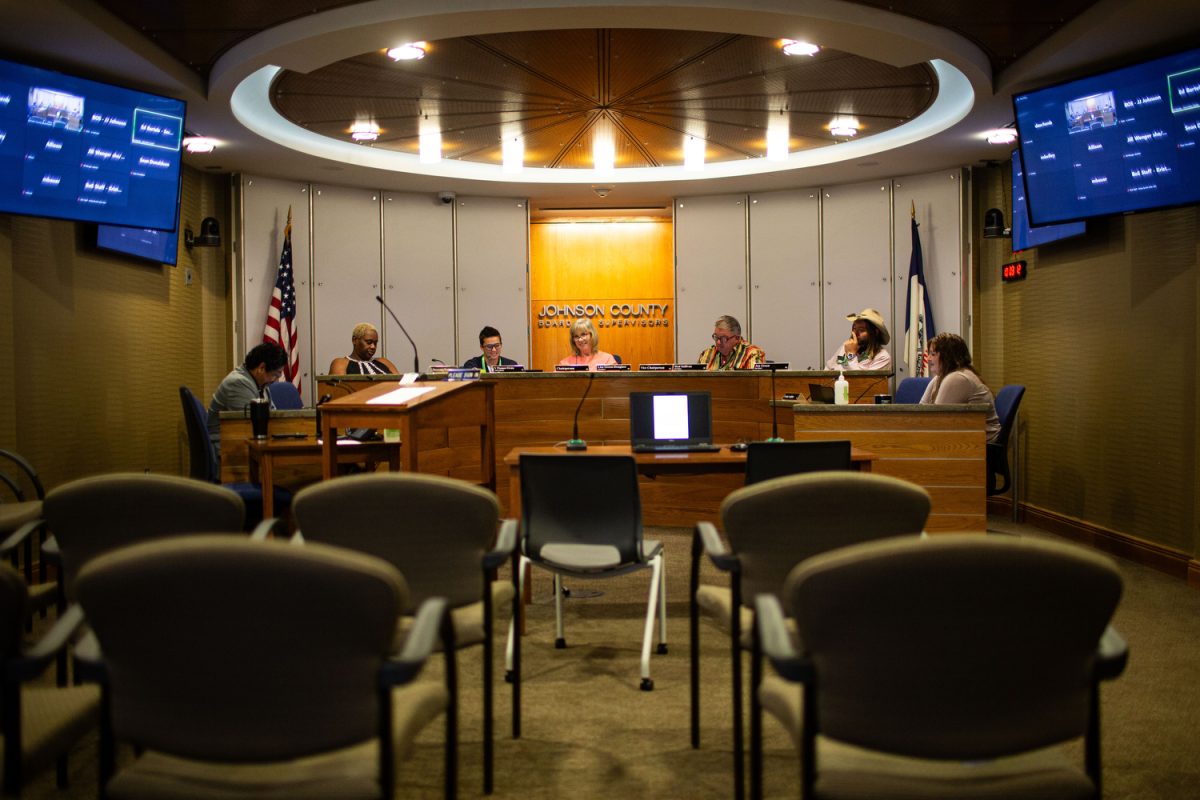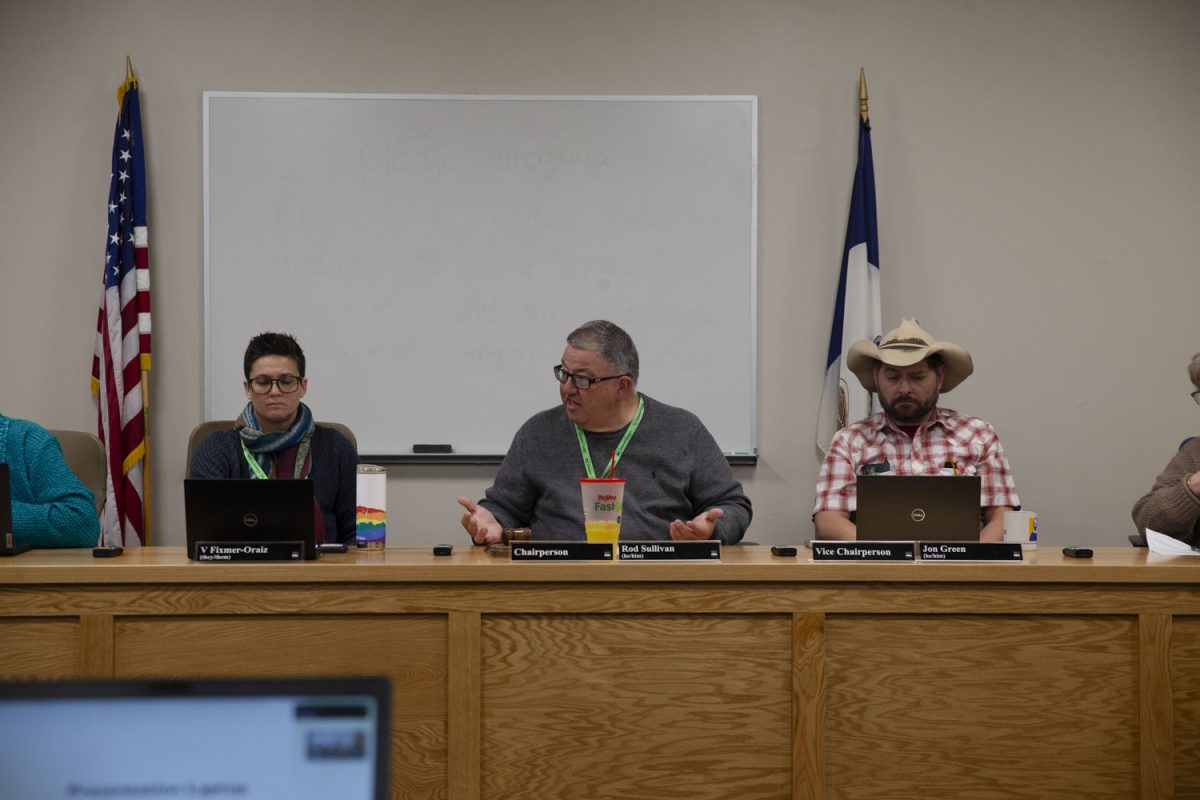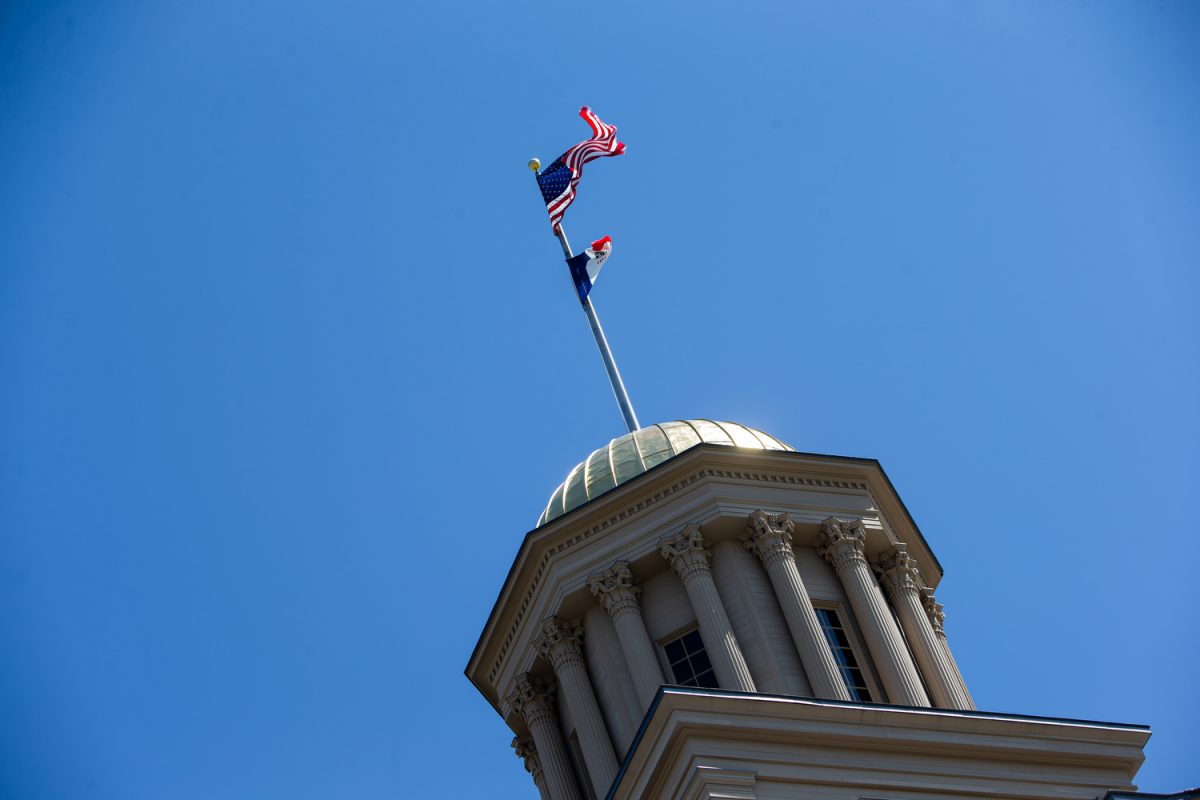Iowans are recognizing the struggles, triumphs, and trials of all who have dealt with substance abuse.
On Sept. 19, Gov. Terry Branstad will sign a proclamation declaring September as Recovery Month in the state of Iowa. This proclamation will join 36 other states, cities, and organizations participating in the national mission.
Kevin Gabbert, the director of Iowa’s Access to Recovery program, said the Substance Abuse and Mental Health Services Administration’s Recovery Month began in 1989 as “TreatmentWorks” — a program that primarily focused on treatment in the field of substance-use issues.
It extended to celebrate individuals in recovery in 1998, while in 2011 the program was renamed National Recovery Month, to embrace all aspects of behavioral health.
Gabbert said there’s a direct correlation to high blood pressure, cancer, and psychological disorders.
“We know by addressing those things we’re going to lower those incidences occurring in those individual cases,” he said.
Now in its 24th year, the goal is to celebrate the accomplishments of those recovering from addiction, honor individuals working in prevention treatment, and to increase behavioral-health-services education.
The proclamation’s design is to highlight the many challenges associated with substance abuse in Iowa and bring the issue to the forefront, Branstad communication director Tim Albrecht wrote in an email.
Branstad said he hopes to make Iowa the healthiest state in the nation by helping everyone understand the dangers posed by certain substances, take steps to avoid those substances, and to seek additional help.
DeAnn Decker, the chief director of the Iowa Bureau of Substance Abuse, said the month’s main focus is on binge drinking.
There are indicators of Iowa having some of the highest rates of binge and underage drinking in the United States, she said.
Town-hall meetings, parades, and 5K runs are among activities offered.
For Decker, she hopes the program will help eliminate current barriers that often prevent individuals from seeking help.
“Sometimes folks don’t know where to go for help, and they continue to do the same things they’ve always done, go back to the same behaviors, and hang out with the same people,” she said.
A unique aspect of National Recovery Month is their online website, where participants can view and share stories of their road to recovery, explore community events, and access “tool kits” to assist them in seeking help.
Anne Helene Skinstad, a Universlity of Iowa clinical associate professor of community and behavioral health who researches substance-related disorders, said she appreciates Branstad’s decision to participate in National Recovery Month because it will open doors for those unsure of how to seek help.
“I think it’s important for people to see there are others in the same boat,” she said. “People who haven’t done this before need to see that yes, it is possible to recover.”
Citing the many relationships that result, Professor Skinstad said she thinks it’s difficult to not be involved in some shape or form.
“You may not have a personal family history with recovery but you might have a colleague or friend,” she said. “It’s important for them that we as a community can manage to understand the importance of this illness.”
Skinstad, who also directs the National American Indian and Alaska Native Addiction program, compared the situation to observations she has made as a director at the program.
“What we see in the American Indian communities, that we should be paying a lot of attention to, is that it takes a village,” she said. “It takes a community to support a person coming back from recovery.”






